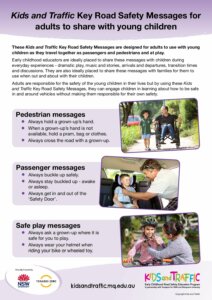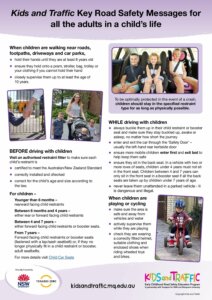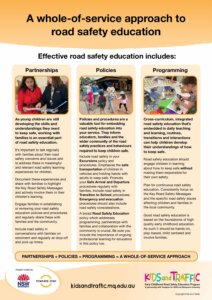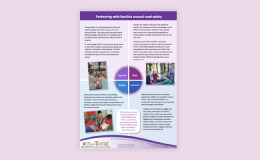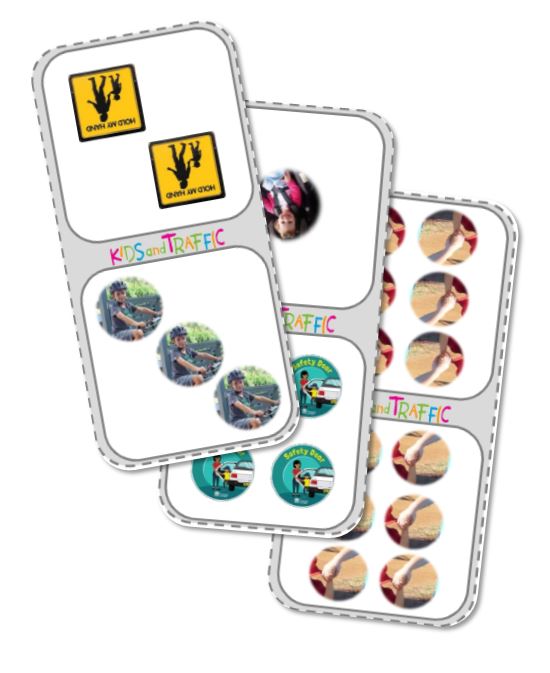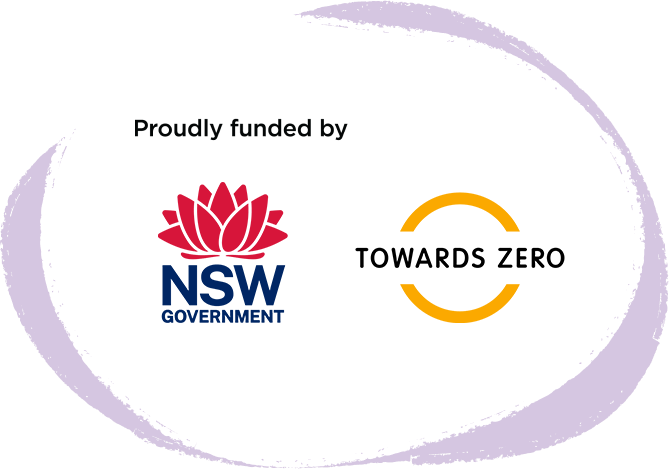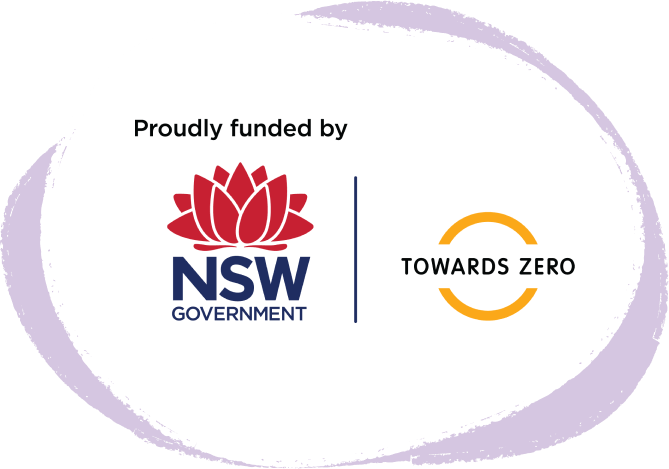Early childhood educators are a trusted source of information for families and are ideally placed to share the Kids and Traffic Key Road Safety Messages with children and families.
When quality road safety education is implemented, educators engage children in play-based, hands-on learning experiences, they actively involve families, promote safe travel practices and make relevant and meaningful connections with the local community.

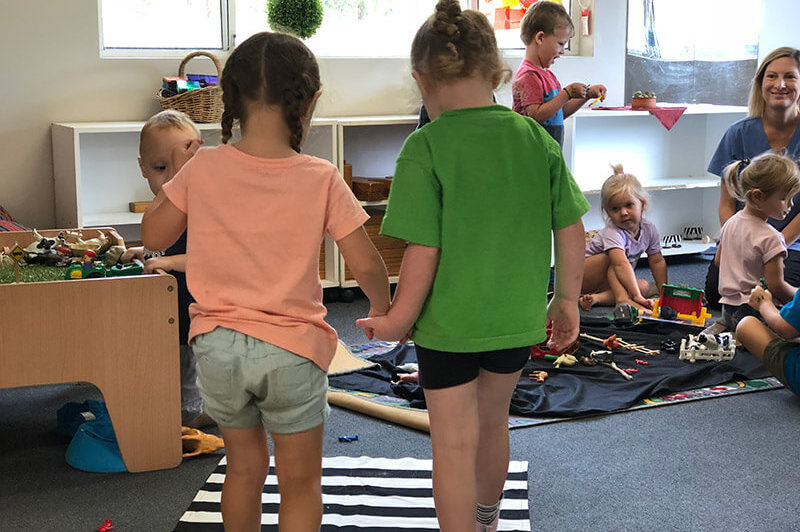
Partnerships with families
Sharing the Key Road Safety Messages with families is an integral part of an effective road safety education program as young children are still developing the skills and understandings needed to keep themselves safe in and around vehicles. To really engage families, invite and encourage them to share their insights and perspectives about their children’s road safety understandings.
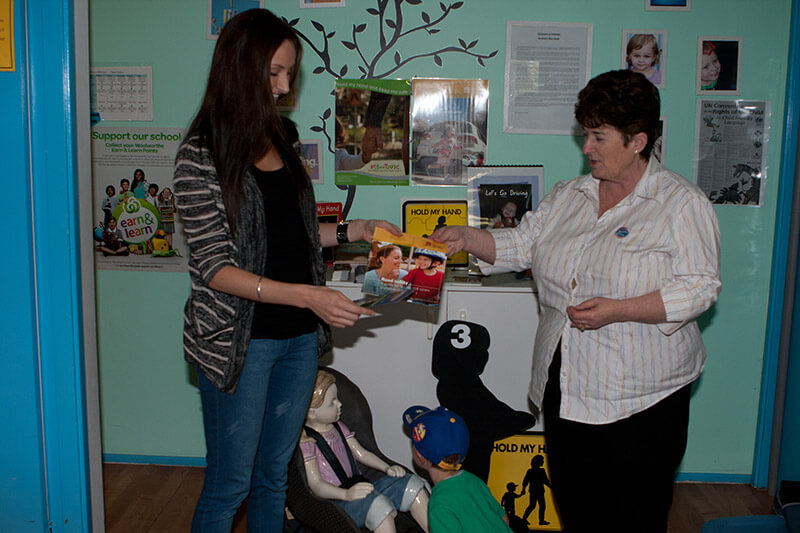
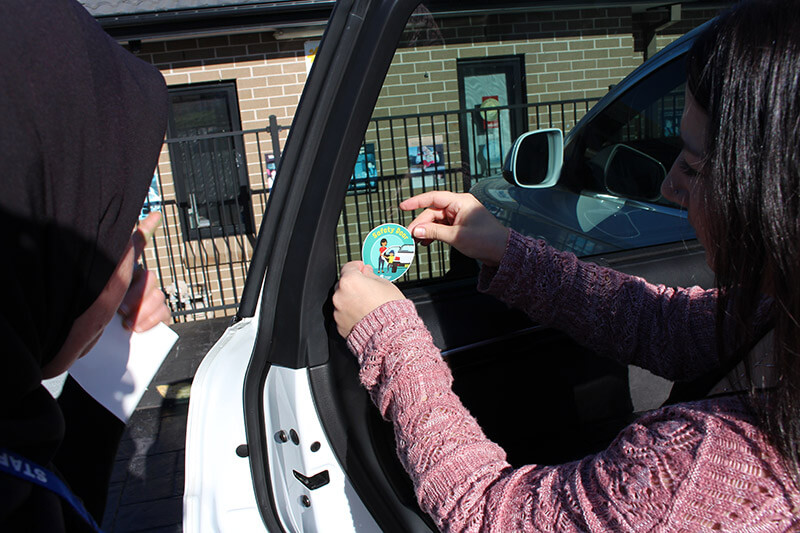
Families are children’s first and most influential teachers. Finding out more about families’ road safety concerns and issues can help to inform the direction of your road safety program and lead you to plan meaningful learning experiences that reflect their specific road safety issues.
Regularly document road safety experiences and use this documentation as a contextually relevant way to share the Key Road Safety Messages with families.
Consider including photos of children, their drawings and their comments as families are more likely to engage with road safety information if it directly relates to their child’s learning.
Programming
Road safety education should engage children in learning about how to keep safe without making them responsible for their own safety.
Cross-curriculum, integrated road safety education that is embedded in daily teaching and learning, routines, transitions and interactions can help children develop their understandings of how to keep safe.
Good road safety education is based on the foundations of high quality early education, and as such should be hands-on, play-based, child centered and involve families.
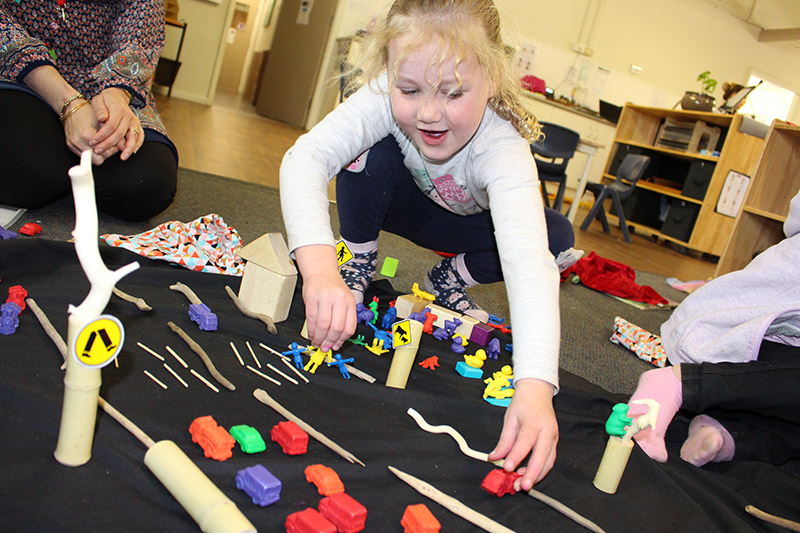
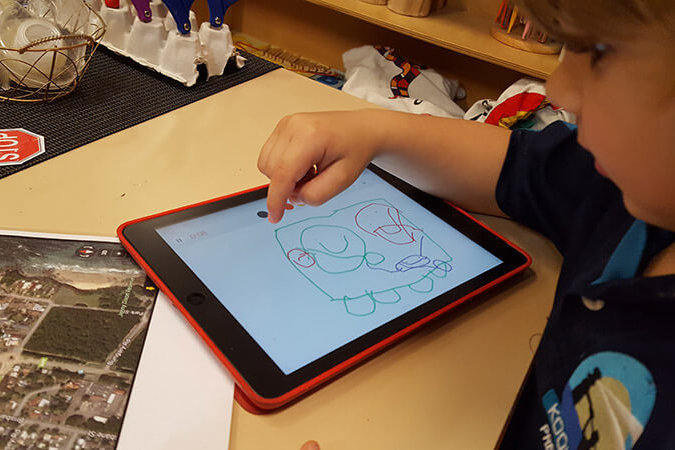
Plan for continuous road safety education. Consistently focus on the Key Road Safety Messages and specific road safety concerns or challenges affecting children and families in your local community.
Excursions
Excursions are a great opportunity to build and strengthen connections in the local community and to highlight the Key Road Safety Messages for children and families in a very practical sense.
Active supervision, including hand holding, is an ideal way to minimise risk. It is best practice for every child to have an adult’s hand to hold. Asking families to come along increases supervision but also provides a great way of engaging parents, grandparents and other carers in your road safety education program.
Hazards and associated risks need to be identified for the proposed route and destination. Strategies for minimising these must be identified and implemented.

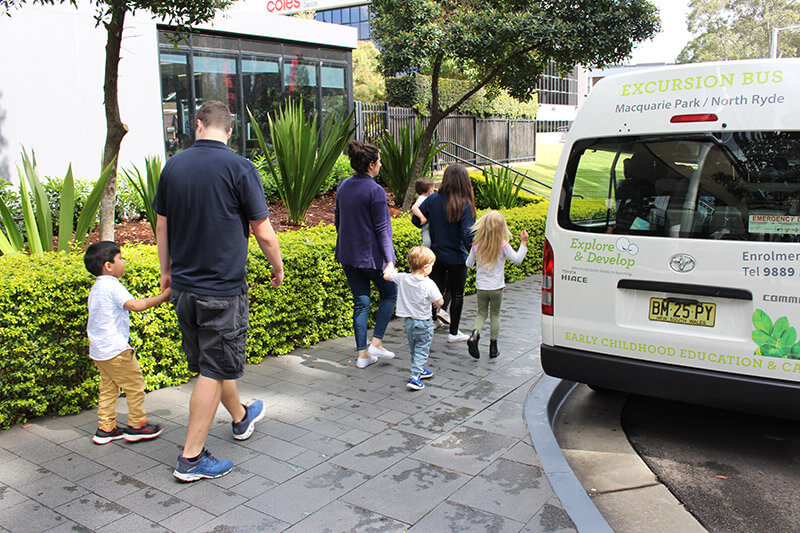
When transporting children in vehicles talk with them and supervising adults about how to board and alight safely holding hands. Talk to the supervising adults about hazards and how to manage these and about safety behaviours.
Creating service specific resources after the excursion is a great way to revisit the experience and the Key Road Safety Messages with children and families.
Policies and Procedures
Policies and procedures are valuable for embedding road safety education into your service, informing educators, families and the wider community of the practices and behaviours required to keep children safe. Policies related to road safety need to be specific to your particular traffic environment and the road safety issues that affect your service, families, children and community.
Including road safety in the following policy areas and developing a broad road safety education policy can support the philosophy and goals of your children’s service. Road safety policies can help educators develop Quality Improvement Plans that support the implementation of the National Quality Standard and the National Regulations. They can help you meet your Work Health and Safety responsibilities and comply with the National Law and National Regulations, National Quality Standard, Assessment and Quality Rating Process and The Early Years Learning Framework.
Safe arrivals and departures
The safe arrival and departure of young children and their families is a matter of concern for early childhood educators. The Education and Care Services National Regulations (2011, Regs no.99 & 168) and the National Quality Standard(2018, QA2) require education and care services to have policies and procedures on the safe delivery and collection of children. Safe arrival and departure policies and procedures should emphasise all the things adults need to do to keep children safe during these busy times. They should also reflect the steps to be taken to minimise risk to children and families. Look for ways of bringing safe arrivals and departures to life by creating service specific resources to help remind both families and educators of their responsibilities to keep children safe.
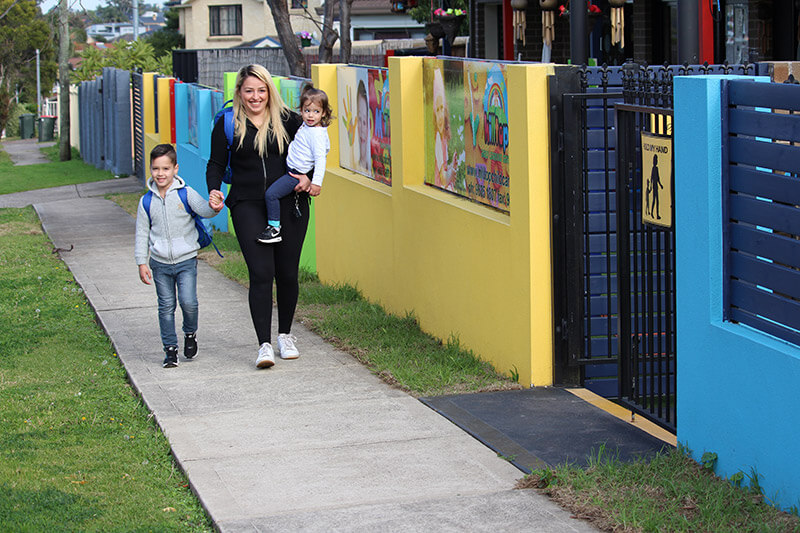
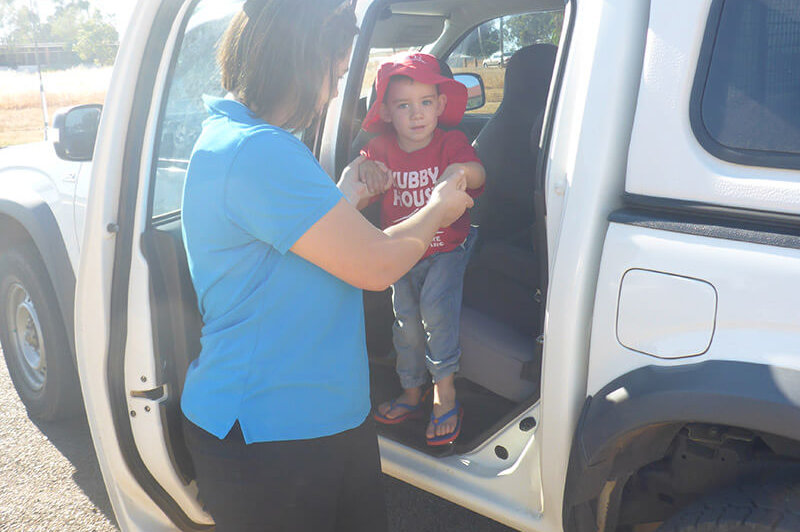
Useful links:
Safe Arrival and Departure Policy – Considerations and strategies
Excursions
Excursion policies and procedures should emphasise safe travel with children in vehicles and holding hands with adults to keep them safe. Consideration needs to be taken in relation to the children, the educators and other adults, route, destination and mode of transport when conducting a risk assessment to identify any harm or hazards that could cause injury. Ensure your policy and procedures help to protect the children’s safety with the implementation of high educator to child ratios, always holding children’s hands and active supervision.
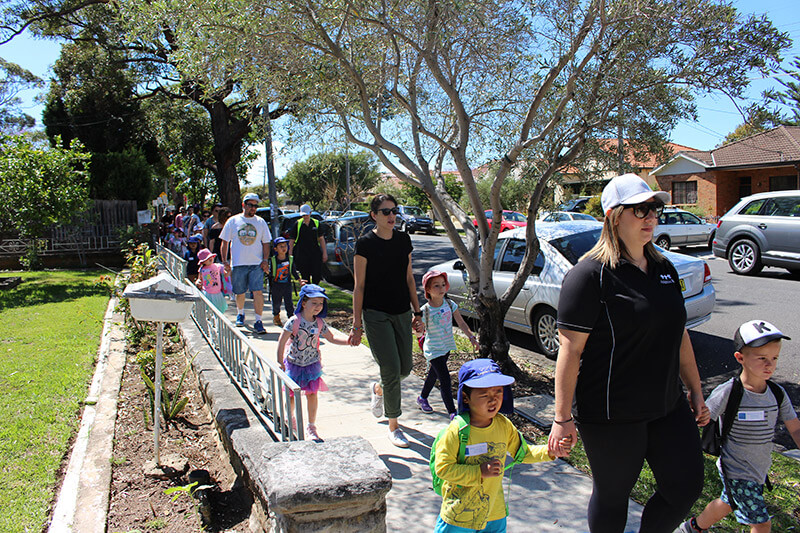
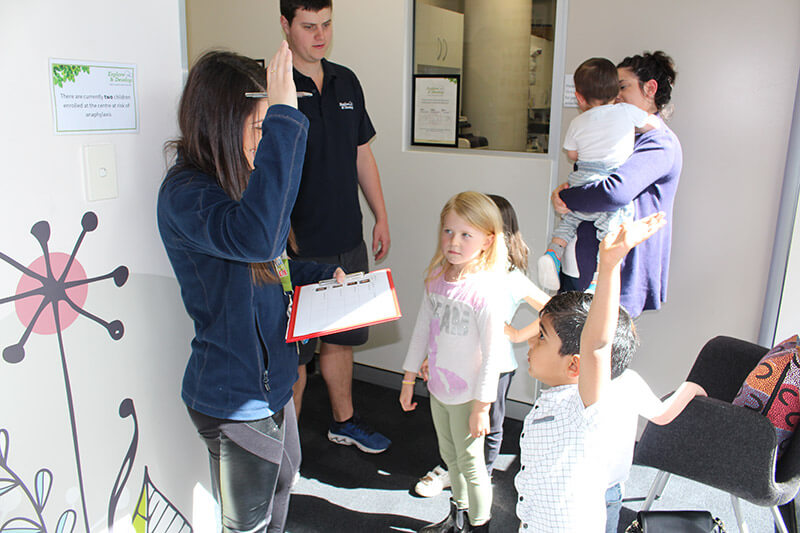
Useful links:
Safe Transport Toolkit for more information on transporting children in vehicles.
Bikes and wheeled toys
Having bikes and wheeled toys at your service can provide great opportunities for children’s physical activity but also in their learning about keeping safe while riding. Policies and procedures regarding the use and maintenance of bikes and wheeled toys can help with building educator, child and family understandings of the importance of helmet wearing and safe riding. Consider involving children in developing riding rules which demonstrate correct behaviours.
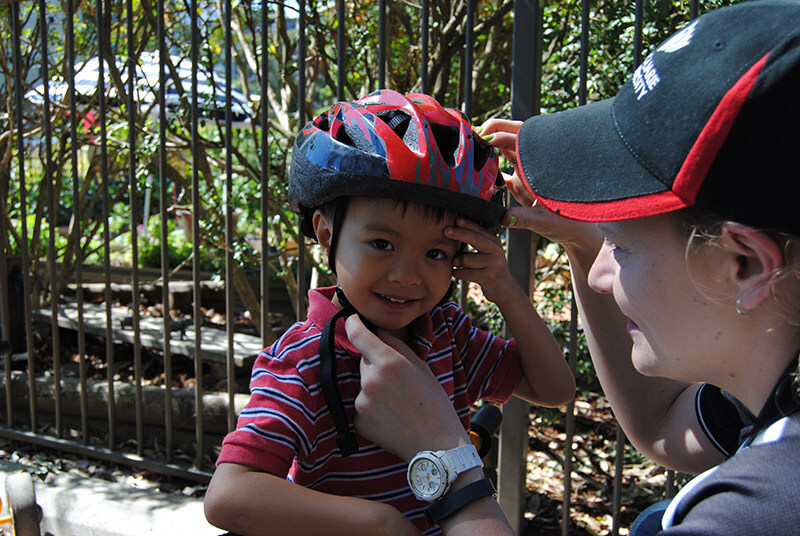
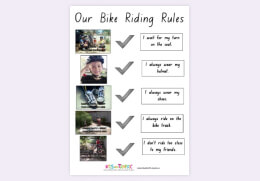
Useful links:
Use and Maintenance of Bikes and Wheeled Toys Policy – Considerations and Strategies
Transition to School
Transition to school is an important time to consider road safety issues and using your service’s Transition to School policy and procedures is an effective way of addressing these issues. While children may be doing more things independently by the time it comes to transitioning to school, they still need help to keep safe in the road traffic environment. Consider ways of engaging children and their families in creative learning experiences involving new travel practices that they will encounter as part of their journeys to and from primary school.
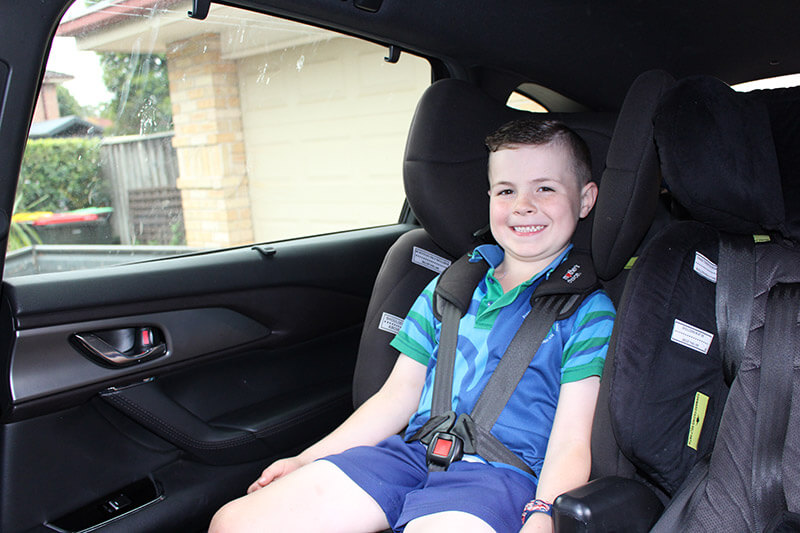
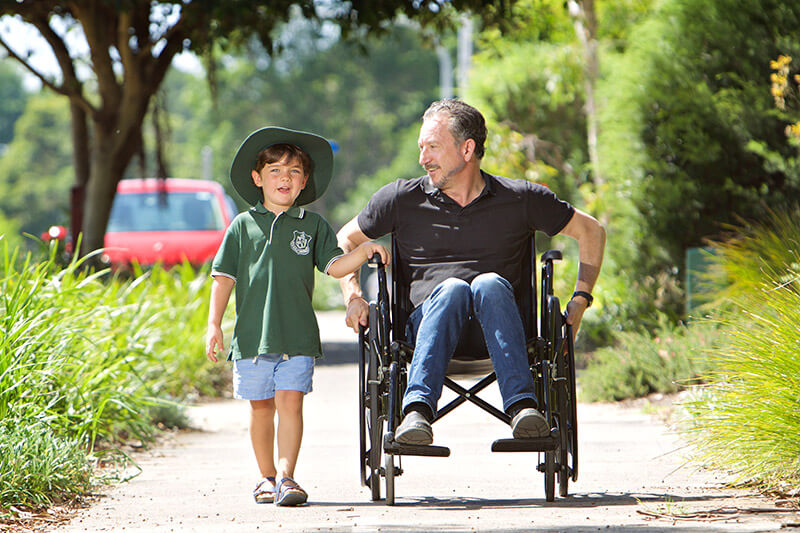
Useful links:
Transition to School Policy – Considerations and Strategies
A broad Road Safety Education policy
A broad road safety education policy which addresses programming and partnerships with families and collaboration with the community is crucial. Road safety education policies can strengthen the link between your children’s service and the home environment when involving children and families in consistent road safety messages, raising awareness of safe travel practices and encouraging safe travel behaviours. This policy can ensure educators have current, accurate and consistent road safety information, and that it is shared with families. Educators can be aware of road safety issues that relate specifically to your service and local community and ensure appropriate road safety learning experiences are planned for children.
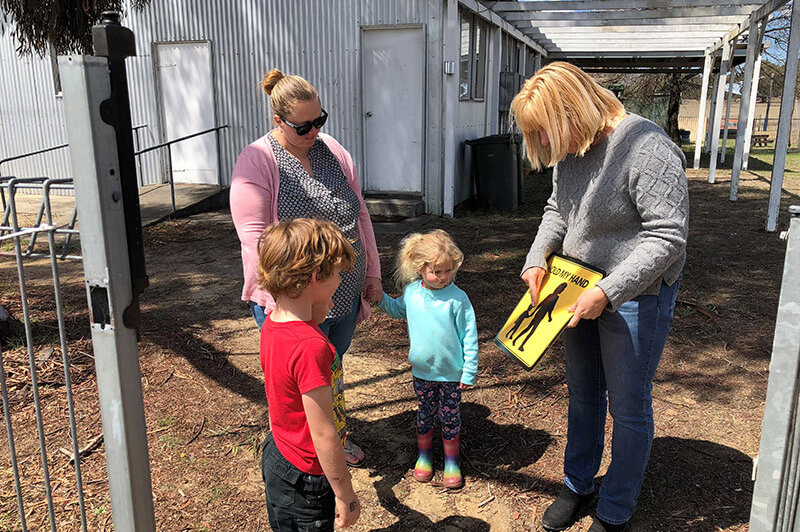
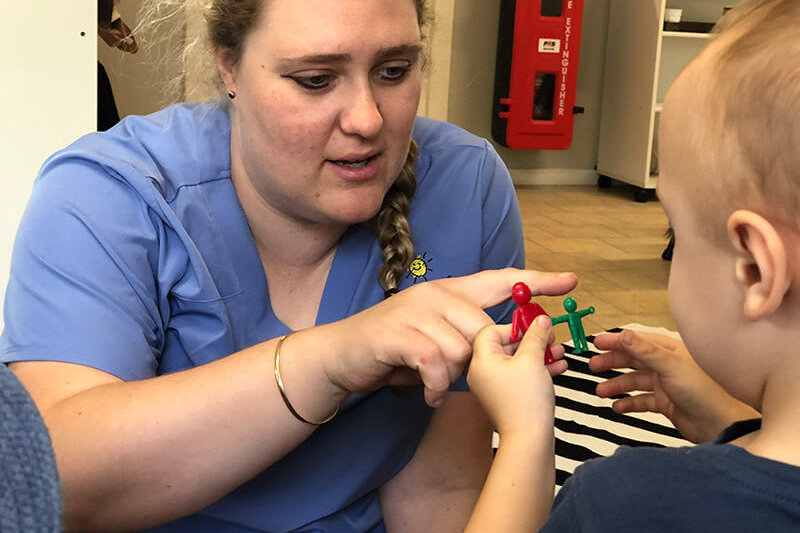
Useful links:
Road Safety Education Policy – Considerations and Strategies

